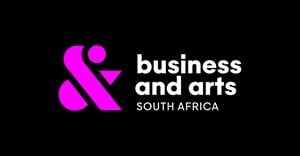
Top stories
More news



Construction & Engineering
Cape Town the global city: What lessons can we learn as a country?








ESG & Sustainability
Become a glass guardian: Hospitality industry urged to champion recycling

ESG & Sustainability
Department of Social Development proposes changes to SRD grant application

























